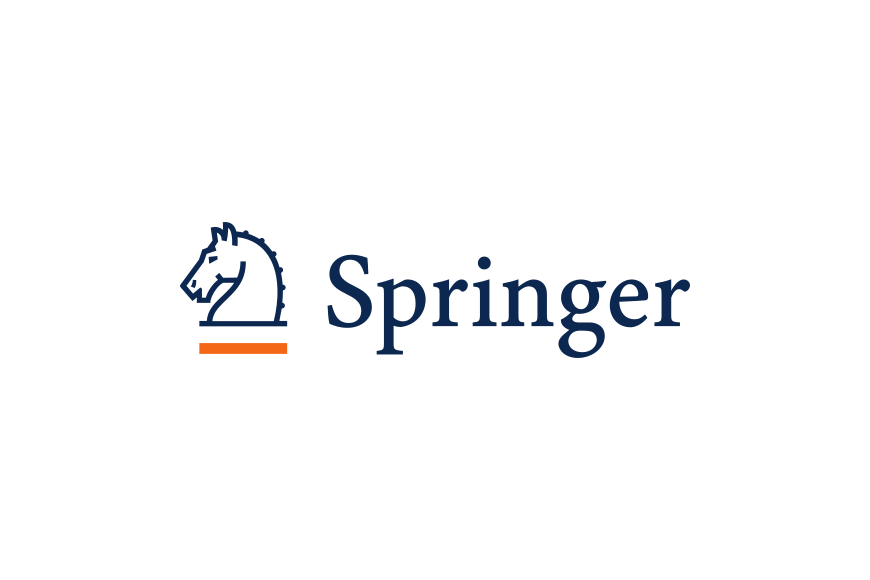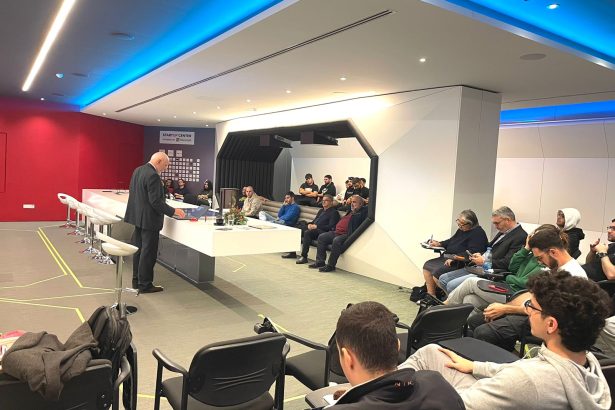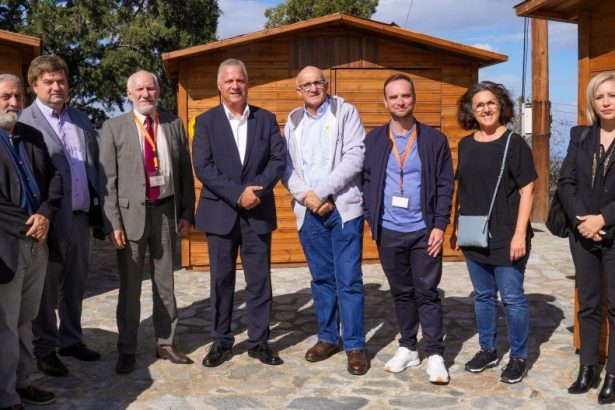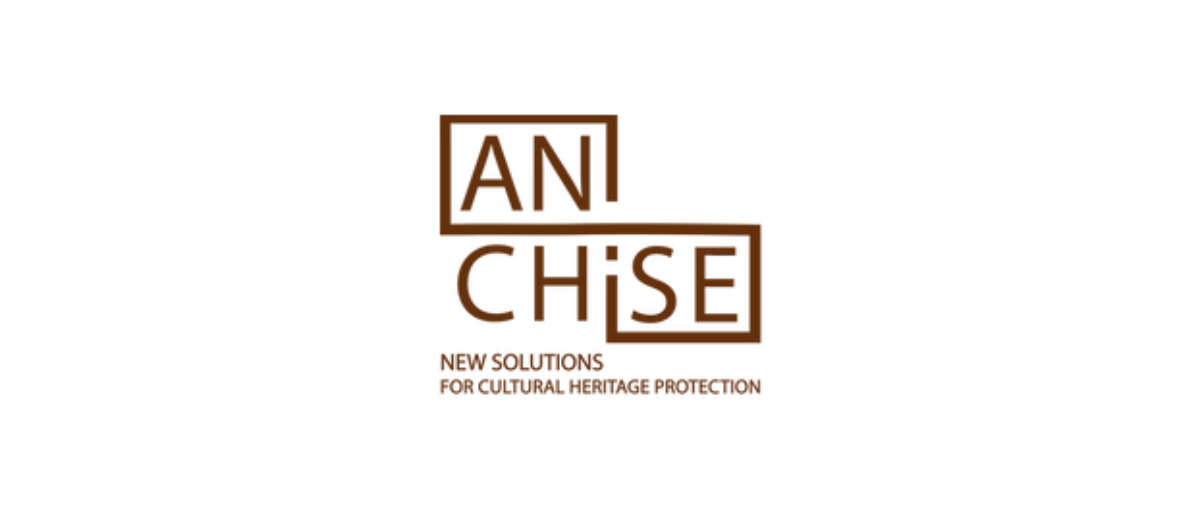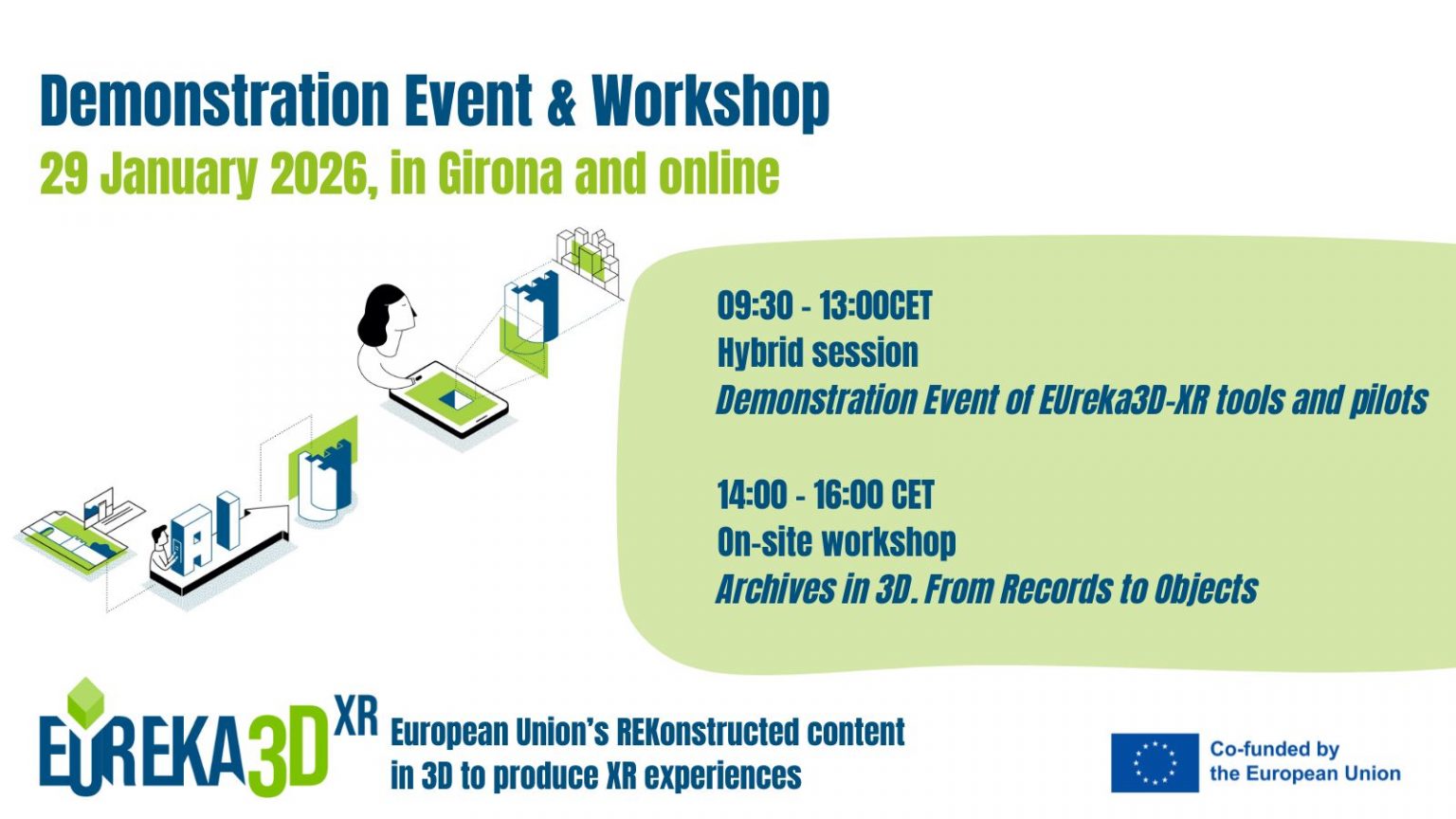The Rise of the MemoryTwin in Digital Heritage at UNESCO Chair on Digital Cultural Heritage
The traditional Digital Twin, which is a virtual replica of a heritage asset, is evolving. Through the integration of AI, Big Data, and advanced 3D reconstruction, we are entering a new era: the age of the MemoryTwin. Unlike conventional digital models, the MemoryTwin doesn’t just mirror the physical geometrical form of Monuments, Artefacts, or Sites. It remembers – embedding historical narratives, cultural meanings, Intangible knowledge, and Values directly into Smart and Intelligent 3D structures and representations.
At its core lies Paradata (defined in the EU Study VIGIE2020/654 as: the rigorous documentation and certification of every decision and process behind digital reconstruction.) This ensures transparency, trust, scientific validity and high Authentic Quality results – the foundation for meaningful AI-driven heritage models. To guarantee quality, authenticity, identity and values, we advocate for a Certificate of Quality for both the input data and the AI-enriched outputs. This helps safeguard the integrity of cultural heritage in its digital form which ensuring it remains authentic, accessible, and IPR free for future generations.
The MemoryTwin is more than a technological innovation; it’s a Cultural and Digital Heritage Revolution. It allows us to experience heritage that is not only seen, but also heard and understood! This is the moment when Monuments, Artefacts, and Sites begin to talk in the digital 21st century – sharing their stories, unique identities, memories and meanings with the world.
Enjoy Reading: 3D Research Challenges in Cultural Heritage VI: DigitalTwin versus MemoryTwin

